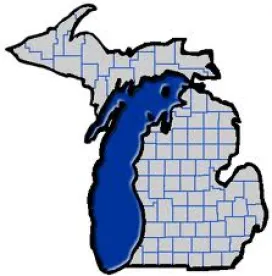After the Michigan Supreme Court invalidated Governor Gretchen Whitmer’s post-April 30, 2020, Executive Orders related to the COVID-19 pandemic, a patchwork of laws and agency orders have stepped in to cover the gaps.
For example, on October 21, 2020, Governor Whitmer signed a bipartisan law that prohibits employees from reporting to work until all prescribed legal conditions have been met.
As another example, on October 14, 2020, the Michigan Occupational Safety and Health Administration (MIOSHA) issued COVID-19 Emergency Rules that are in effect for six months. These rules largely follow prior executive orders in requiring all employers to:
-
Categorize job tasks into risk categories;
-
Create a written preparedness and response plan with detailed measures to prevent employee exposure based on the risk categories;
-
Follow certain basic infection prevention and screening measures;
-
Follow notification requirements when a visitor or employee has a known case of COVID-19;
-
Provide employee training; and
-
Maintain records of training, screening, and notifications.
Included within the “basic infection prevention measures” (MIOSHA Emergency Rule 5) was the preexisting requirement that employers have a policy “prohibiting work for employees to the extent that their work activities can feasible be completed remotely.” However, on November 12, MIOSHA issued guidance making it clear that the employer must show the infeasibility of remote work, the requisite policy needs to be in writing in the preparedness and response plan, and the policy should state:
-
Which positions/classifications report for in-person work and why they must be physically present in the workplace; and
-
Reasons that this work cannot be performed remotely, and this must include enough specificity to show this analysis has been performed.
Separately, the Michigan Department of Health and Human Services (MDHHS) and local health departments have continued to issue orders. Most recently, on November 18, MDHHS issued an epidemic order that:
-
Prohibits indoor gatherings at non-residences with certain exceptions (such as preschool through 8th grade in-person learning, manufacturing work that is impossible to do remotely, and restaurant takeout);
-
Limits gatherings at residences to 10 people or less (with no more than 2 households gathered);
-
Limits outdoor gatherings to 25 people or less (with no more than 3 households gathered);
-
Reiterates the face mask requirement at gatherings, with certain exceptions; and
-
Reiterates the requirement that businesses keep accurate records of any visitors to aid with contact tracing.
This recent MDHHS order is effective November 18 through December 8. The MDHHS has provided an infographic on what is open and not.




 />i
/>i
